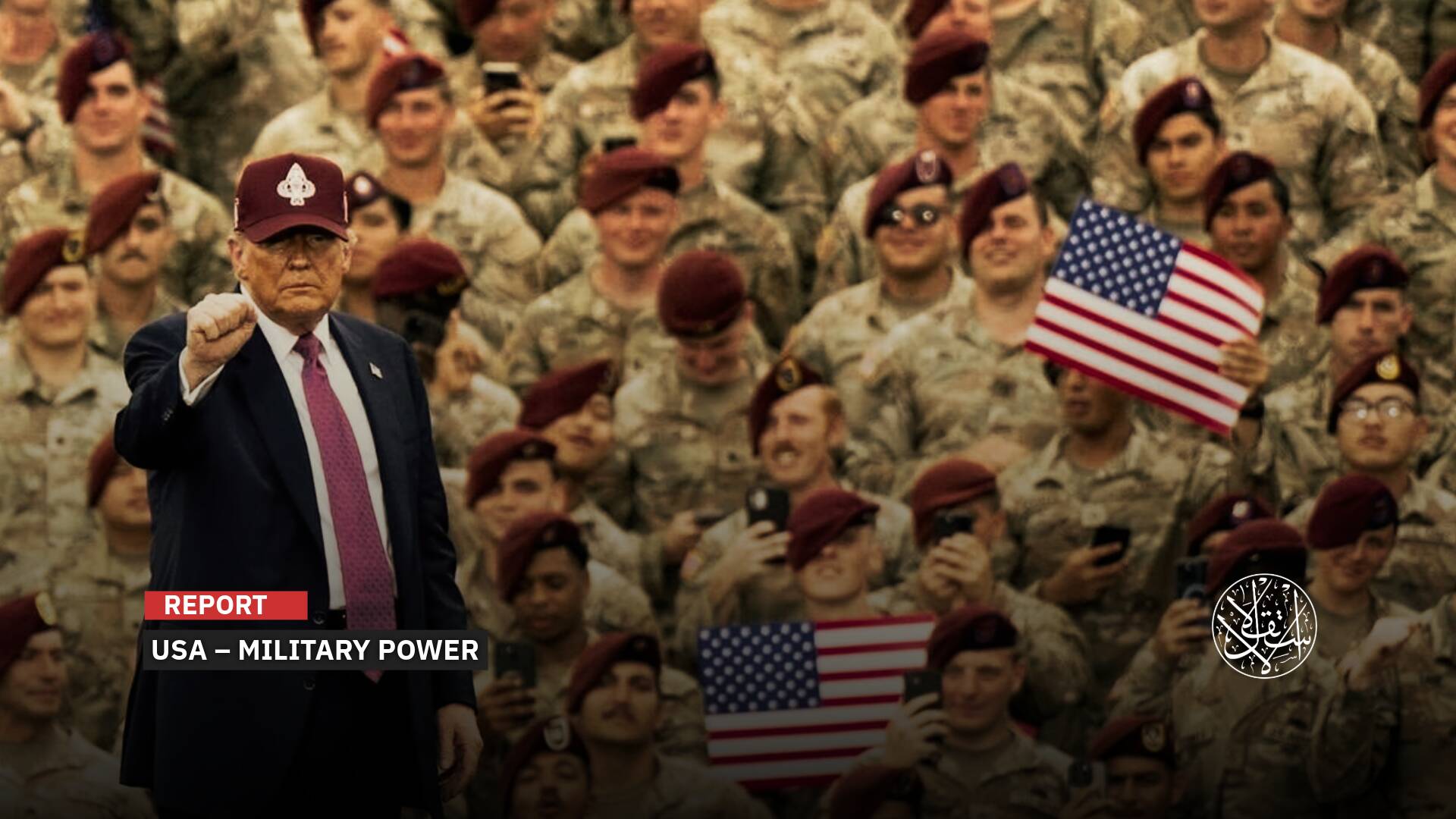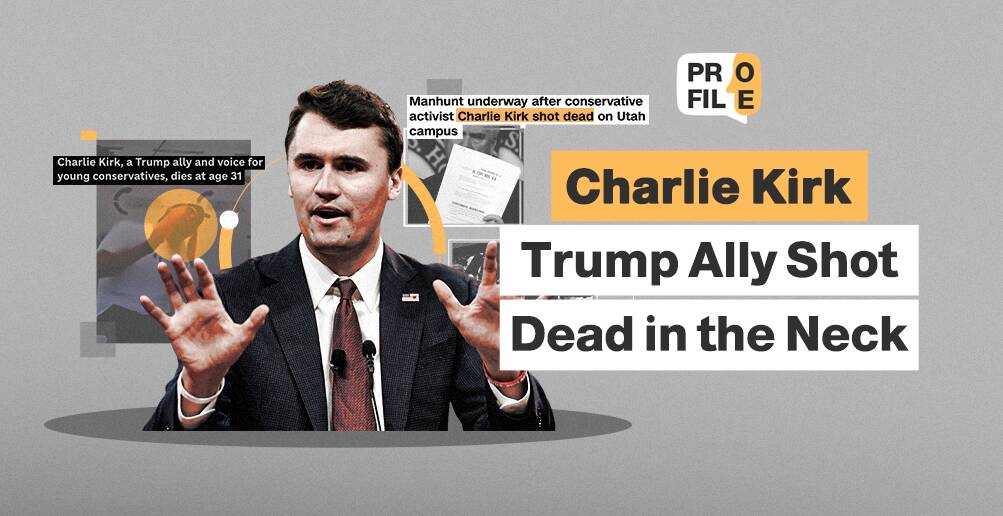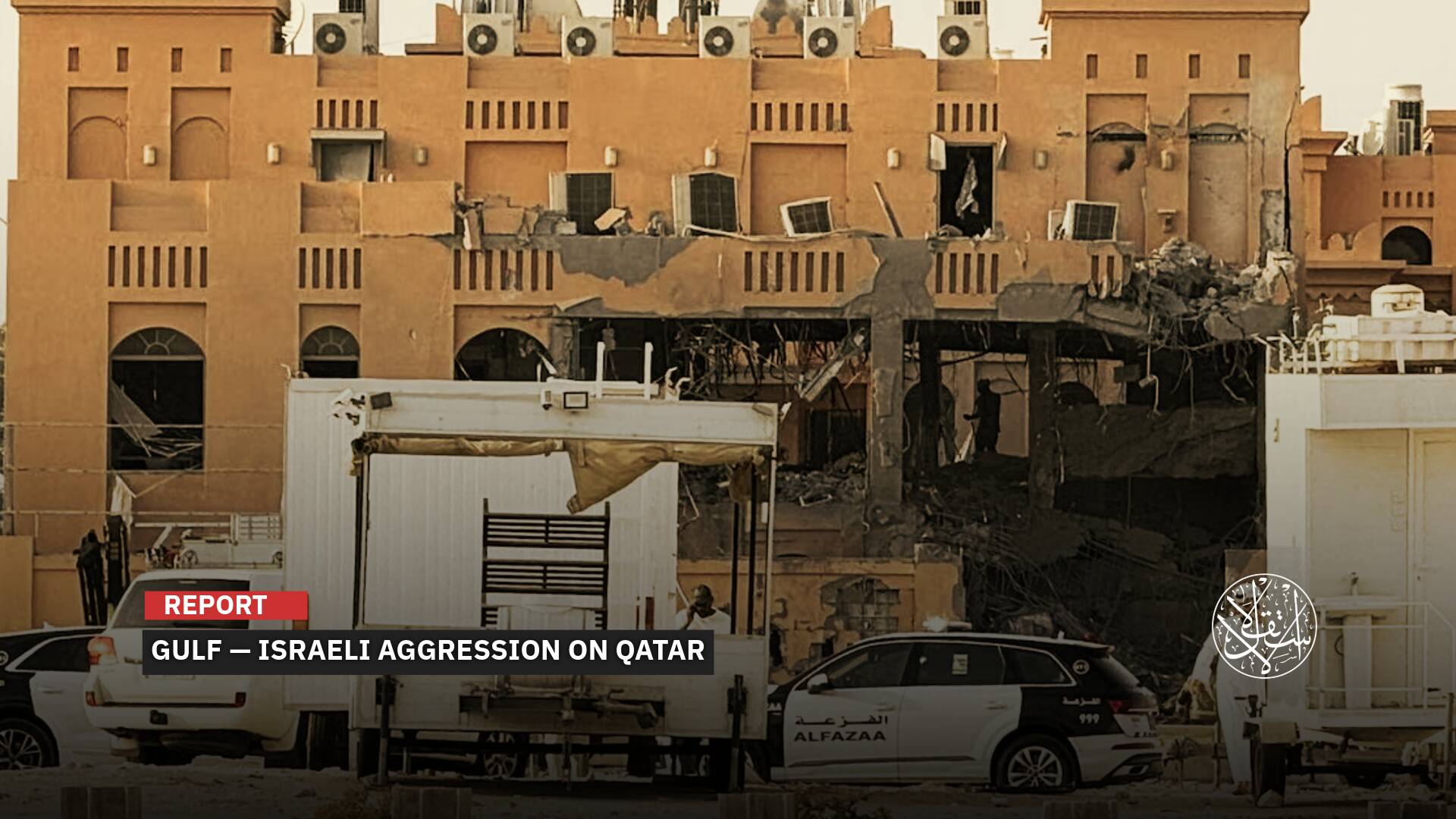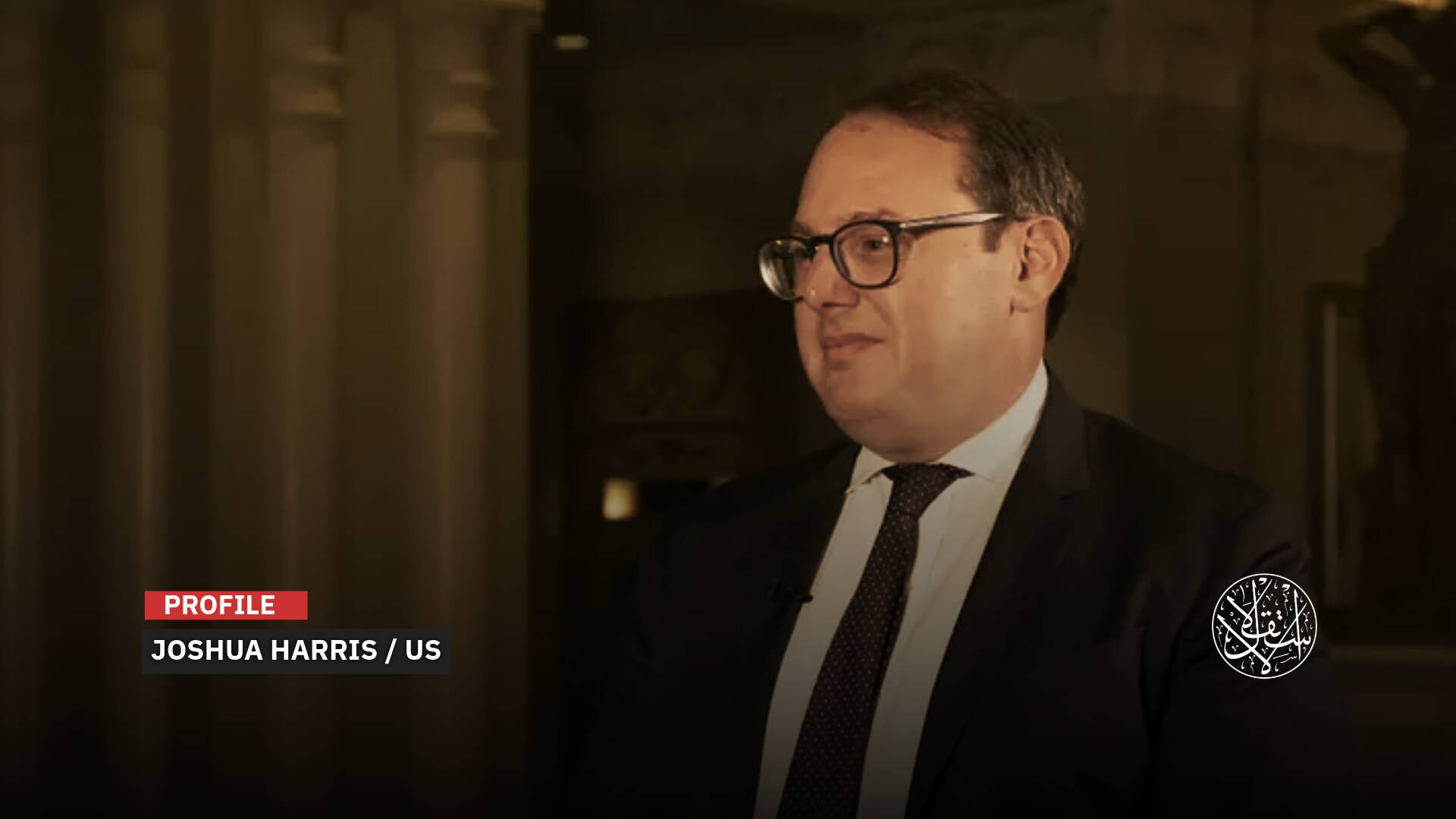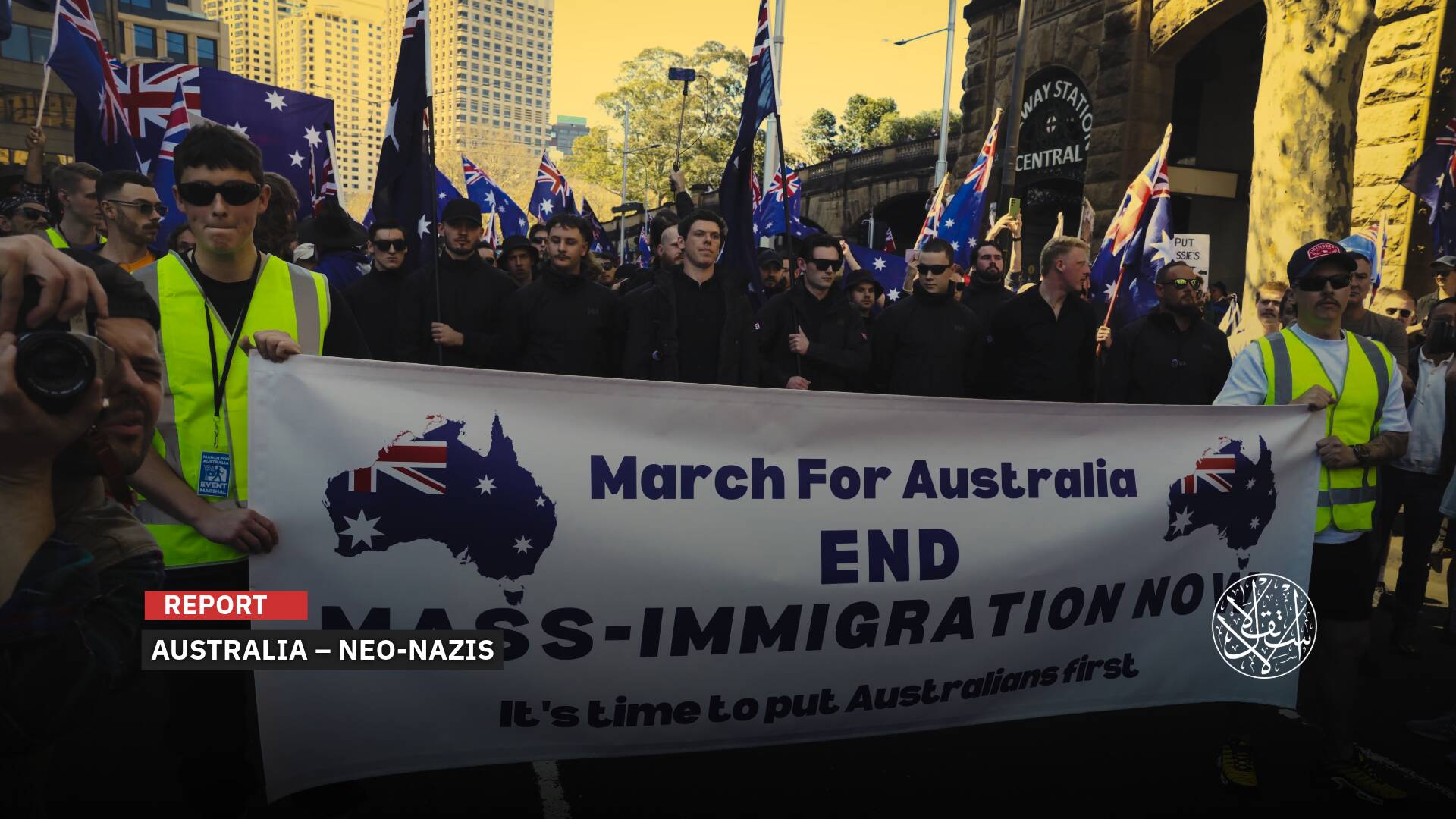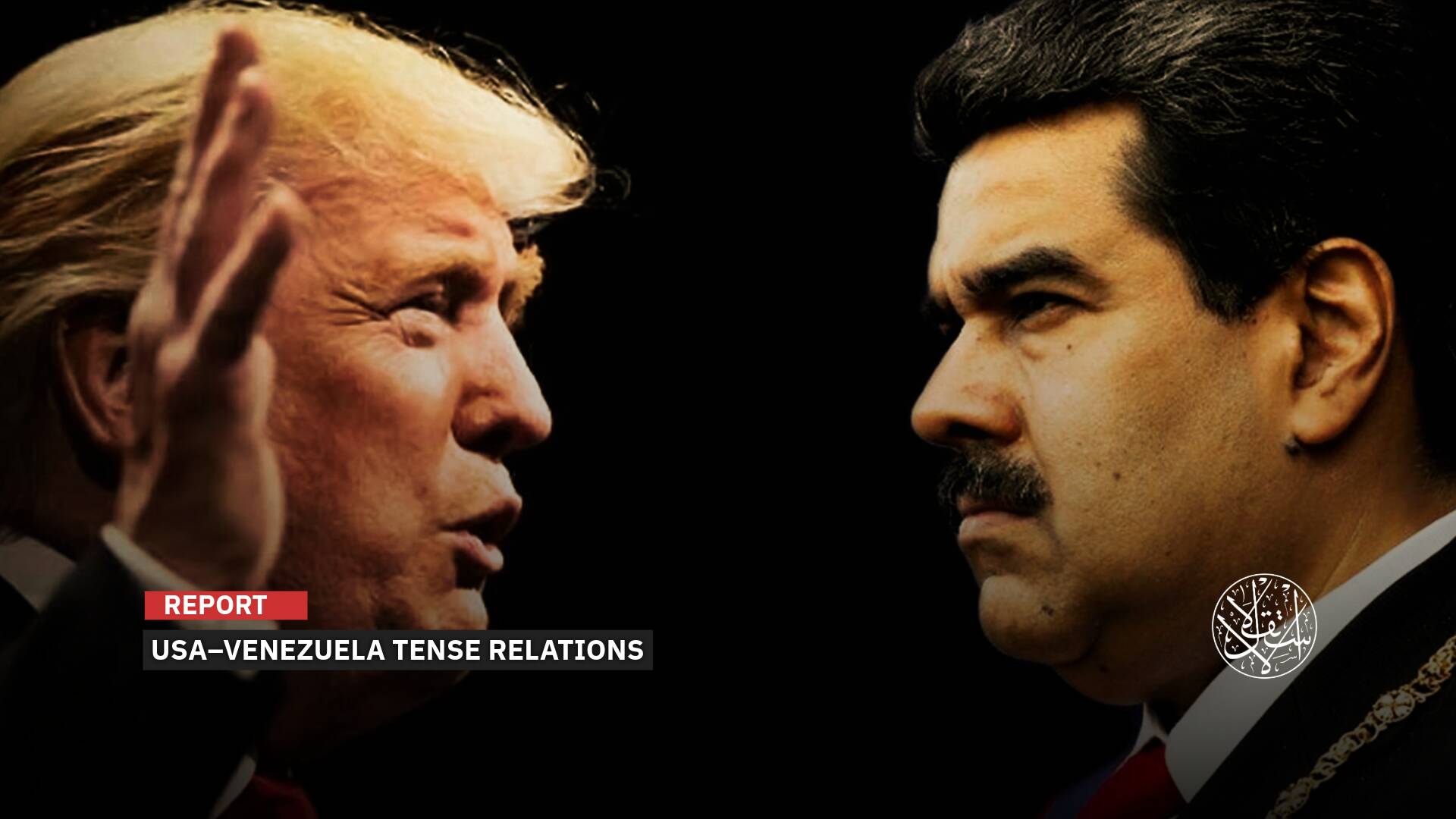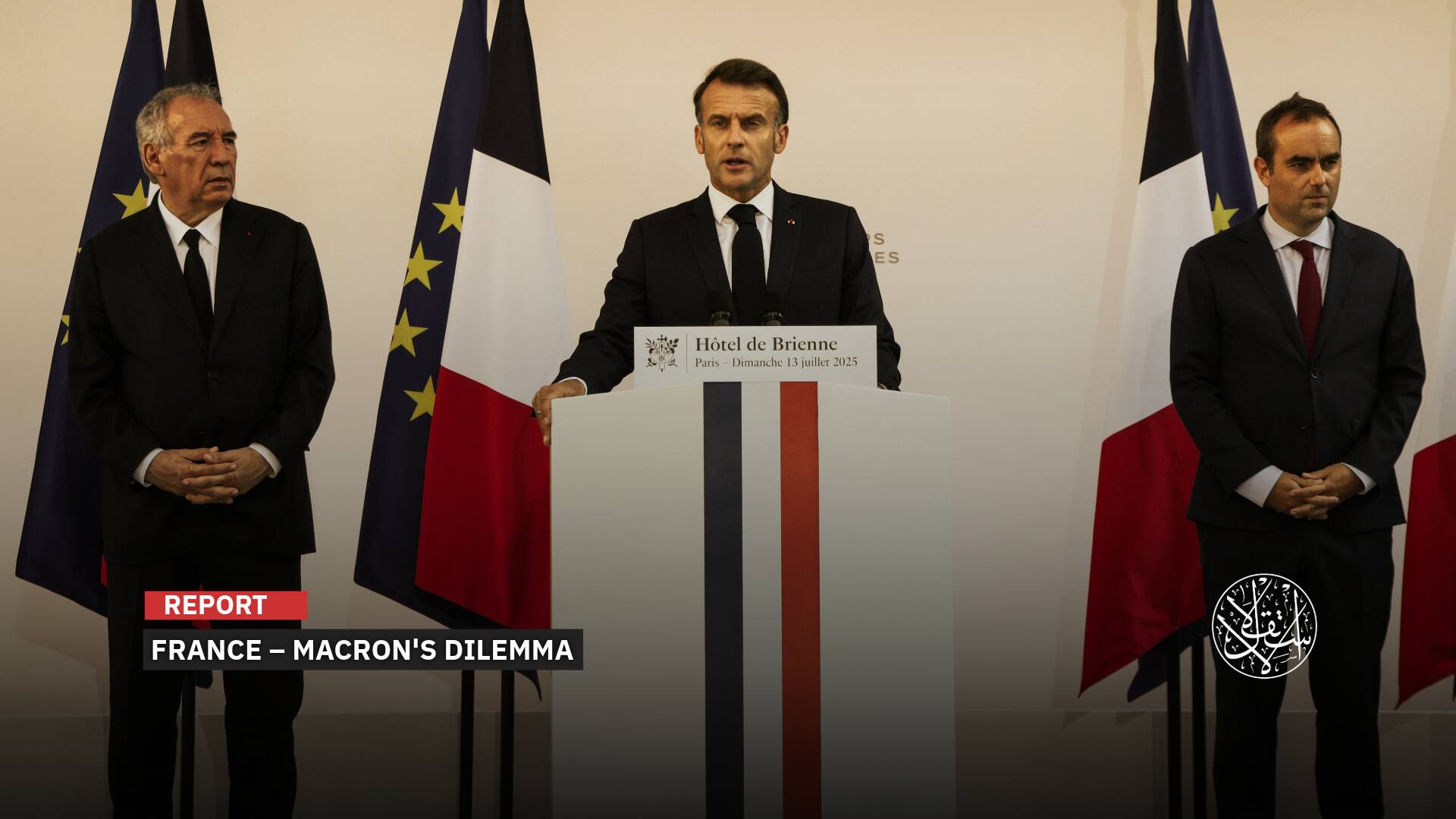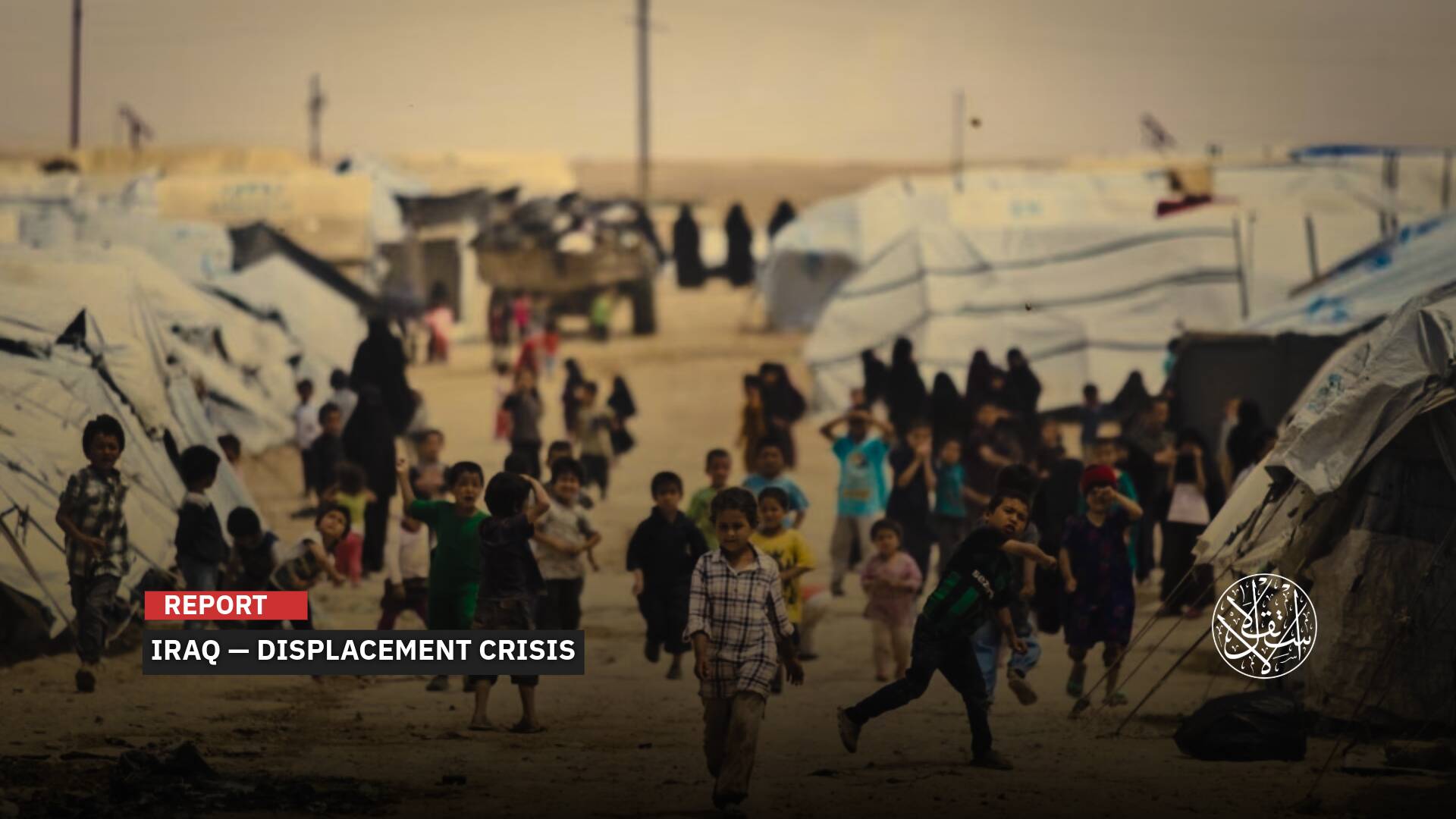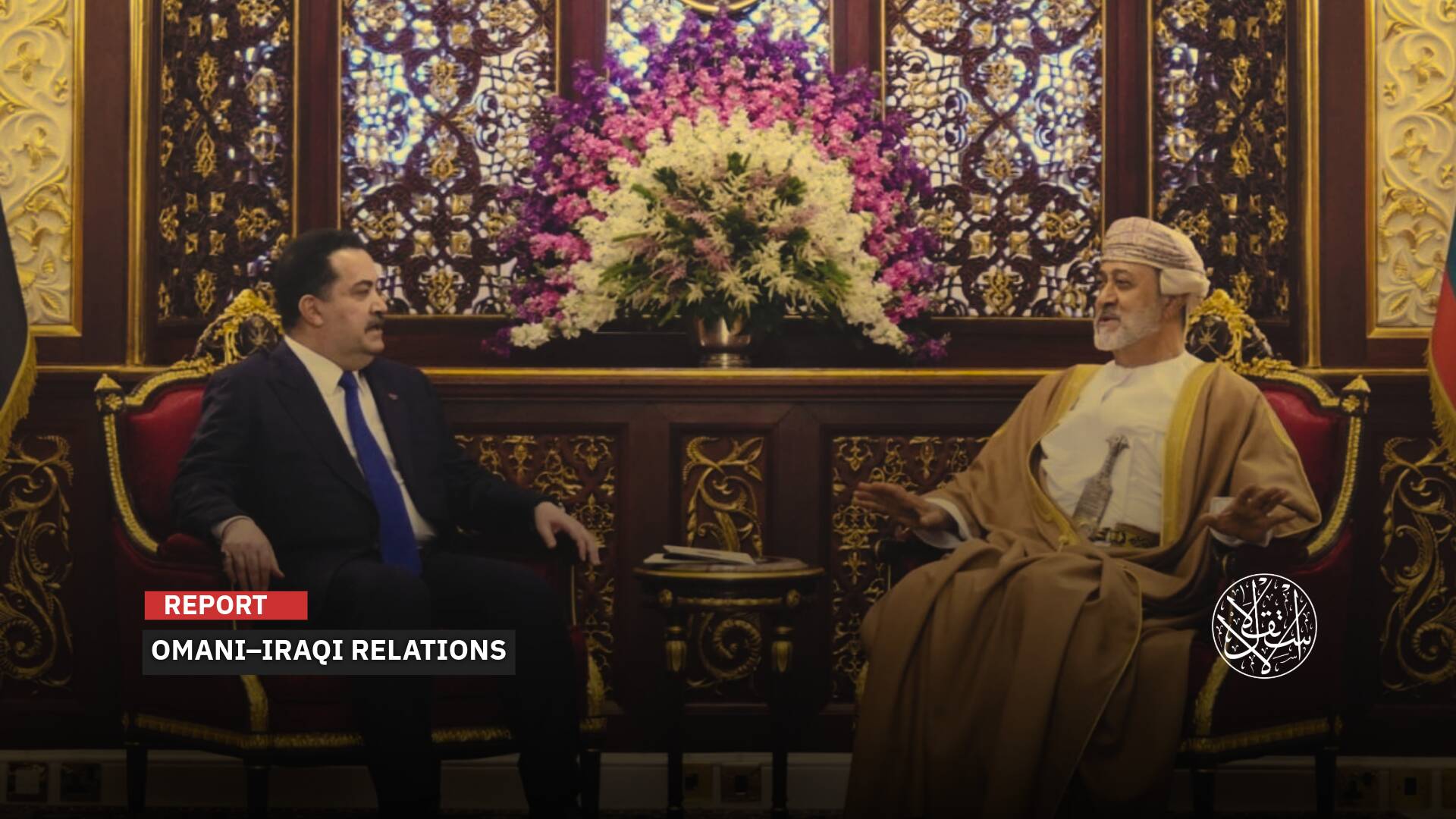Turkiye Joins Russia and America in 'Unrestrained Arms Race' — What's the Story?

Most treaty member states have suspended its implementation.
By presidential decree, Turkiye has decided to suspend the implementation of the Treaty on Conventional Armed Forces in Europe (CFE), which it joined in 1992, starting from April 8, 2024.
The treaty was developed in the final years of the Cold War with the aim of placing restrictions on the deployment and manufacturing of major categories of conventional military equipment in Europe, and it mandated the destruction of quantities of weapons exceeding the treaty's limits.
The war in Ukraine and the renewed Cold War tensions between Russia on one side and the United States and NATO on the other have effectively sealed the fate of this treaty.
With Russia's withdrawal and the suspension of the treaty by the United States and NATO, there is no longer any justification for Turkiye to remain a party.
This is especially since this treaty imposes military and regulatory restrictions on Turkiye's production of weapons, at a time when the country is witnessing a significant surge in its defense production and seeks to expand its market.
What's the Story
In an official statement, the Turkish Ministry of Foreign Affairs announced the "suspension of work" on the Treaty on Conventional Armed Forces in Europe starting from April 8, 2024, affirming that "the decision is reversible."
It explained that after Russia's withdrawal from the treaty on November 7, 2023, "there was no possibility of continuing the effective implementation of the agreement."
It noted that currently, the majority of the treaty's member states have suspended its implementation, including the United States, which also announced its decision to suspend on November 7, 2023.
The treaty was signed in Paris on November 19, 1990, and was approved by the Turkish Cabinet in Resolution No. 92/3250 dated July 1, 1992.

According to Turkish and international reports, Turkiye suspended the implementation of the treaty but did not withdraw from it (due to its usefulness for its security) for two reasons.
Firstly, the majority of the treaty parties have either already withdrawn from it or suspended its implementation, especially Russia, the United States, and NATO, of which Turkiye is a member.
The second reason is that the treaty restricts Turkiye's ability to produce and stockpile weapons while allowing outside parties to monitor its production internationally.
Before Turkiye's decision to suspend work on the agreement, Russia, Belarus, and the United States announced the suspension of their participation in the treaty.
In response to this, The Wall Street Journal, coinciding with the U.S. withdrawal on November 7, 2023, stated that this move gives the United States greater flexibility in deploying forces on both the northern and southern NATO fronts, including Romania and Bulgaria, which are close to Ukraine.
Russia sees the U.S. push to expand NATO as leading NATO countries to openly circumvent the treaty's restrictions on the alliance.
The Russian Foreign Ministry, upon its withdrawal from the treaty, stated that Finland's membership in NATO and Sweden's request to join the alliance means that "the treaty is dead."
It added that even the formal maintenance of the Treaty on Conventional Armed Forces in Europe is no longer acceptable from the standpoint of Russia's fundamental security interests.
NATO commented on Russia's withdrawal, stating that this step is the latest in a series of steps systematically undermining Euro-Atlantic security.
CFE
The treaty was first proposed in 1973 during the Mutual and Balanced Force Reductions (MBFR) talks in Vienna between NATO, including the United States, and the Warsaw Pact, including the Soviet Union.
The aim of these talks was to reach an agreement on reducing forces and weapons in Central Europe, according to the Nuclear Threat Initiative, a non-governmental organization.
In 1986, the Soviet Union called for reductions in Europe, and NATO proposed the establishment of a new negotiating forum to discuss new reductions.
In 1989, NATO and the Warsaw Pact agreed to start new negotiations on Conventional Armed Forces in Europe, and on November 19, 1990, the Treaty on Conventional Armed Forces in Europe was agreed upon in Paris.
The main purpose of the treaty was to reduce the likelihood of a sudden armed attack and the initiation of major offensive operations in Europe by preventing either side of the Cold War from deploying forces for a rapid attack against the other side.
The treaty set comprehensive limits on major categories of conventional military equipment in Europe (from the Atlantic Ocean to the Ural Mountains) and subsequently imposed an obligation on treaty parties to destroy weapons quantities exceeding treaty limits.
The treaty stipulated reduction of conventional forces for the military alliances' countries, as well as limiting the deployment of forces on the confrontation line between the alliances, with the aim of preventing sudden attacks and wide-scale attacks in Europe.
Following the dissolution of the Warsaw Pact and then the Soviet Union and the expansion of NATO through the accession of former Warsaw Pact countries and Soviet republics to it in several stages, the treaty mechanisms designed to maintain the balance of power between the military and political alliances lost their meaning.
NATO thus exceeded the levels set for it by the treaty in terms of the number of weapons and equipment at the expense of the shares of the former Eastern bloc countries and especially Russia and those remaining in its camp.

NATO continued its eastward expansion, with Poland, the Czech Republic, and Hungary joining in 1999, followed by Bulgaria, Romania, Latvia, Lithuania, Estonia, Slovakia, and Slovenia in 2004, before Croatia and Albania obtained full membership in 2009.
As a result, a modified version of the treaty was signed at the Organization for Security and Cooperation in Europe summit in Istanbul in 1999, which included reductions in the number of conventional weapons and additional protocols on disarmament procedures.
The treaty set numerical limits for each party, including 40,000 main battle tanks, 60,000 armored combat vehicles, 40,000 artillery pieces, 13,600 combat aircraft, and 4,000 attack helicopters.
However, the modified treaty did not enter into force as NATO countries did not ratify it, and they continued to abide by the provisions of the 1990 version, which set standards for conventional weapons based on the previous balance between NATO and the Warsaw Pact.
The Russian side submitted a request to amend the treaty at the meeting convened by Moscow for the treaty signatory states in Vienna in July 2007.
After Russia's request was rejected in 2007, Russia suspended its participation in the Treaty on Conventional Armed Forces in Europe until NATO countries ratify the adaptation agreement and begin implementing this document in good faith, then suspended its active participation in it in 2015.
Russia announced a complete suspension of its participation in the treaty in March 2015, prompting a negative reaction from NATO and signaling a new arms race.
The war in Ukraine, which constituted the worst crisis in Moscow's relations with the West since the Cold War, practically put an end to the treaty.


